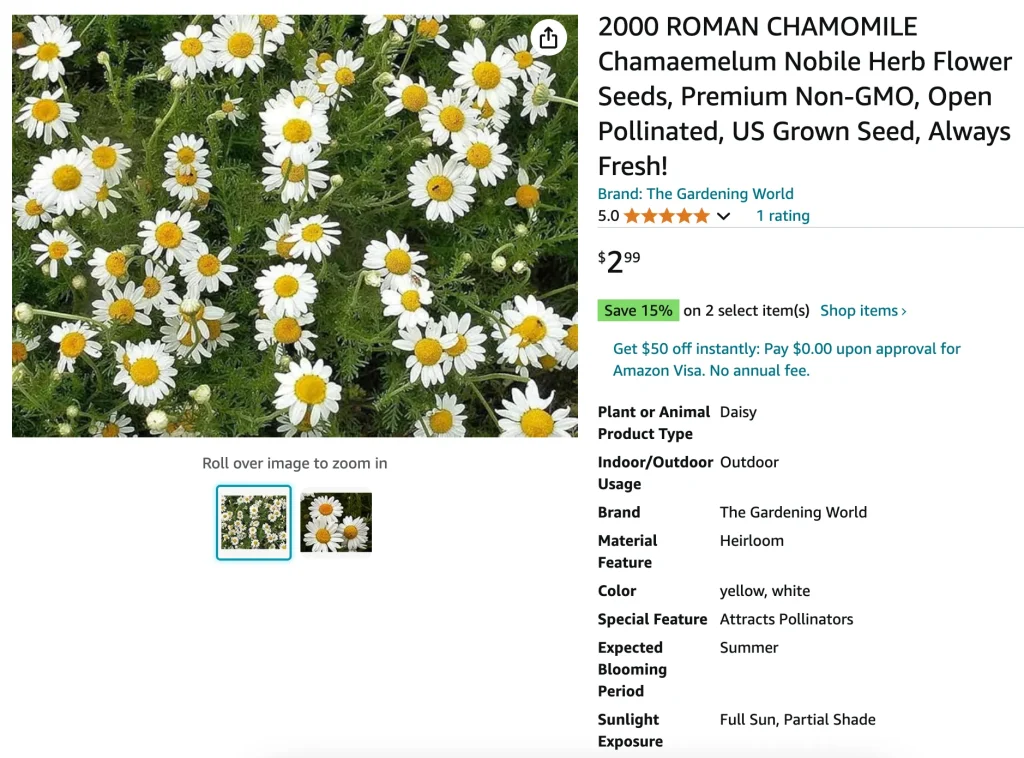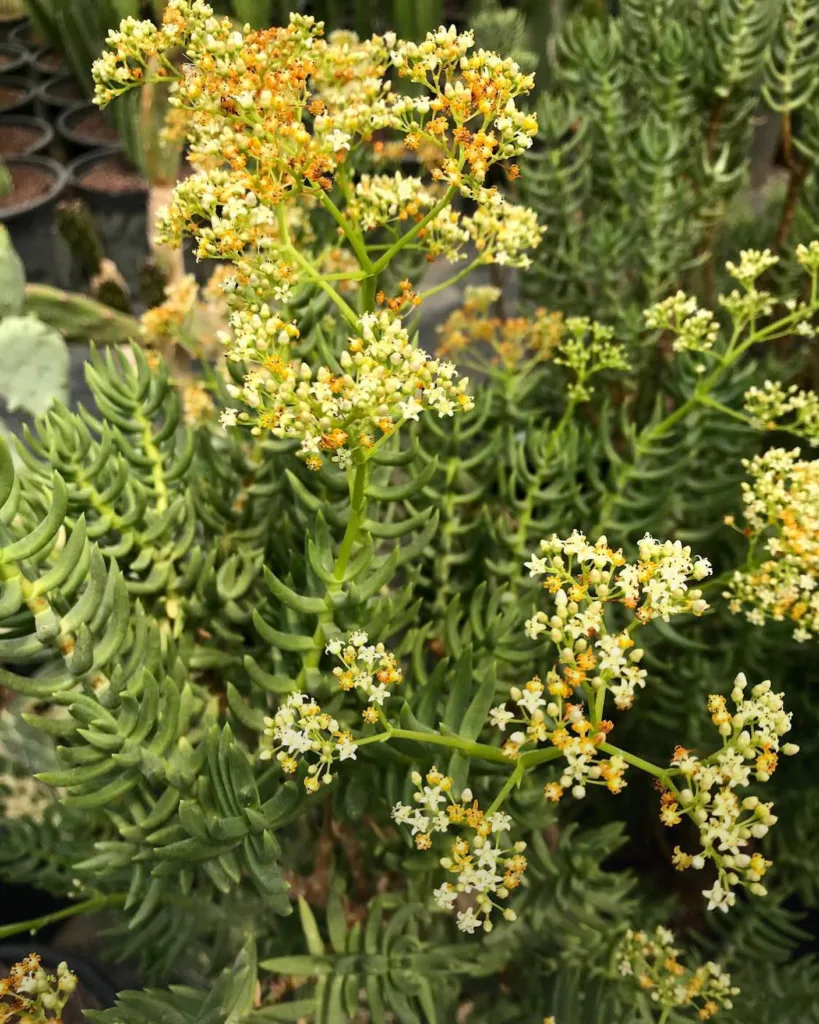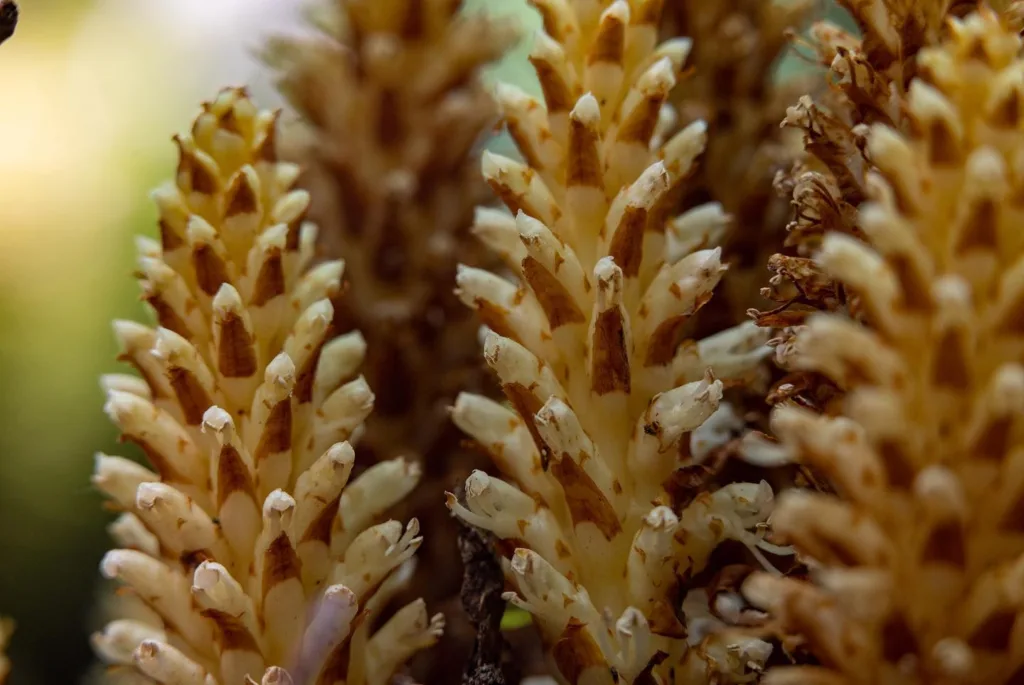
FAQs About Chamaemelum Nobile
Chamaemelum Nobile, commonly known as Roman Chamomile, is a herbaceous perennial that’s been cherished for centuries. Whether you’re new to gardening or a seasoned green thumb, you might have some questions about this delightful plant. Here’s a comprehensive guide based on my experiences and knowledge to help you understand and care for Chamaemelum Nobile.
What Is Chamaemelum Nobile?
Chamaemelum Nobile, or Roman Chamomile, is a low-growing herb renowned for its aromatic foliage and charming daisy-like flowers. It belongs to the Asteraceae family and is often confused with German Chamomile (Matricaria chamomilla), but the two are distinct species. Roman Chamomile is valued not only for its beauty but also for its medicinal properties, including its use in herbal teas and skincare products.
Plant Family: 1720 Genera in Asteraceae
How to Care for Chamaemelum Nobile?
Caring for Chamaemelum Nobile is relatively straightforward, making it a great choice for both novice and experienced gardeners. Here are some key care tips:
- Sunlight: Roman Chamomile thrives in full sun but can tolerate partial shade. Aim for at least six hours of sunlight a day to ensure robust growth and flowering.
- Soil: It prefers well-drained soil with a slightly acidic to neutral pH. Avoid heavy, clayey soils as they can lead to root rot.
- Watering: Water the plant regularly but allow the soil to dry out between waterings. Overwatering can be detrimental, so make sure the pot or garden bed has good drainage.
- Temperature: Roman Chamomile is quite hardy and can withstand a range of temperatures. It can survive light frosts but may need protection in extreme cold.
- Fertilization: Feed the plant with a balanced, all-purpose fertilizer in the spring to encourage healthy growth. Avoid over-fertilizing as it can lead to excessive foliage at the expense of flowers.
How to Propagate Chamaemelum Nobile?
Propagating Chamaemelum Nobile can be done through seeds, division, or cuttings. Here’s a step-by-step guide for each method:
- Seeds: Start seeds indoors about 6-8 weeks before the last frost. Sow the seeds on the surface of moist potting mix and lightly press them in. Keep them in a warm, sunny spot until they germinate, usually within 10-14 days. Transplant seedlings outdoors after the risk of frost has passed.
- Division: In early spring or fall, divide established plants. Carefully lift the plant and separate the root ball into smaller sections, ensuring each section has roots and shoots. Replant these sections immediately.
- Cuttings: Take cuttings in late spring or early summer. Select healthy, non-flowering stems and cut them just below a leaf node. Dip the cut end in rooting hormone and plant in a pot with moist, well-draining soil. Keep the pot in a warm, bright location until roots develop.
What to Plant With Chamaemelum Nobile?
Roman Chamomile pairs well with a variety of plants, both for aesthetic and functional purposes:
- Lavender: Both herbs thrive in similar conditions and complement each other in fragrance and appearance. Lavender’s purple blooms contrast beautifully with Chamomile’s white flowers.
- Mint: This combination creates a lush, aromatic garden. Mint can be invasive, so consider planting it in containers to prevent it from spreading.
- Thyme: Thyme’s low-growing habit and culinary uses make it a great companion for Roman Chamomile. Both plants enjoy similar soil and light conditions.
Is Chamaemelum Nobile Toxic?
Chamaemelum Nobile is non-toxic to humans and pets. In fact, it’s often used in herbal remedies and teas. However, always ensure you’re using it correctly and consult with a healthcare professional if you have any concerns about its use, especially if you’re pregnant or have allergies.
Benefits of Chamaemelum Nobile
Roman Chamomile offers several benefits:
- Aromatherapy: Its soothing scent is used in aromatherapy to reduce stress and promote relaxation.
- Digestive Aid: Chamomile tea made from its flowers is known to aid digestion and relieve stomach discomfort.
- Skincare: The plant’s extract is used in various skincare products for its anti-inflammatory and soothing properties.
- Pest Control: Roman Chamomile can help repel certain pests in the garden, making it a practical addition to your plant lineup.
Common Problems
While Chamaemelum Nobile is generally low-maintenance, you might encounter a few issues:
- Powdery Mildew: This fungal disease can appear as a white, powdery substance on leaves. Improve air circulation and avoid overhead watering to prevent this issue.
- Root Rot: Overwatering can lead to root rot. Ensure proper drainage and allow the soil to dry out between waterings.
- Pests: Watch for aphids and spider mites, which can occasionally infest the plant. Regular inspection and treatment with insecticidal soap can help manage these pests.
Compare with Similar Plants
It’s easy to confuse Roman Chamomile with German Chamomile, but they have distinct differences. German Chamomile (Matricaria chamomilla) is taller and has a more upright growth habit compared to the more spreading nature of Roman Chamomile. Both plants have similar medicinal uses but differ in appearance and growing requirements.
In conclusion, Chamaemelum Nobile is a versatile and beneficial plant that’s well-suited for a variety of garden settings. With the right care and attention, it can thrive and add beauty and functionality to your garden. Whether you’re using it for its aromatic qualities or its practical benefits, Roman Chamomile is a plant worth growing.
If i die, water my plants!



